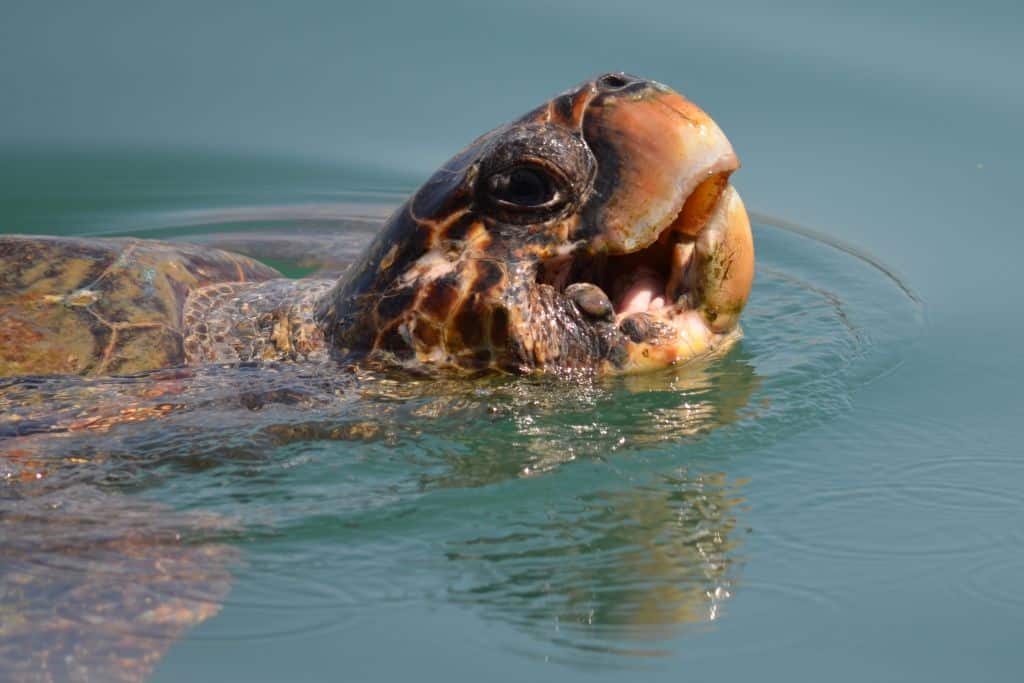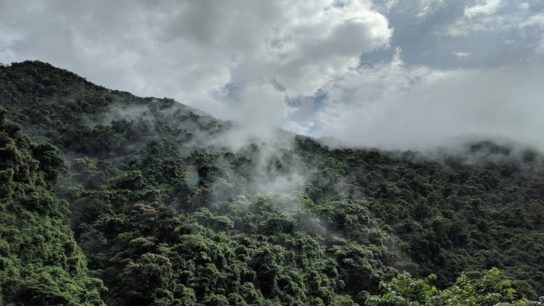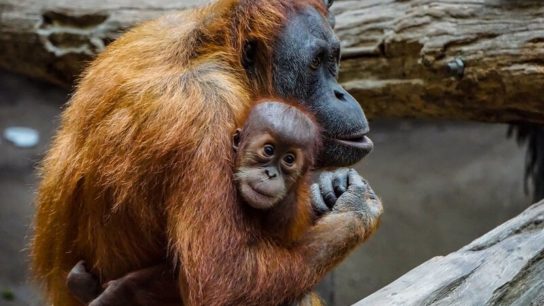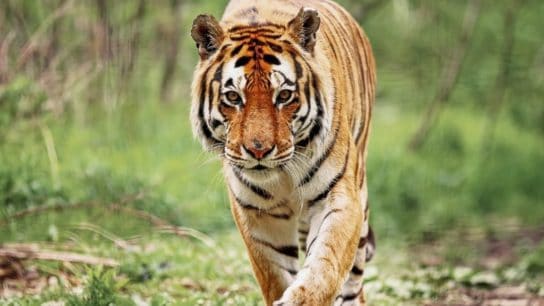There are over 1,300 endangered or threatened species in the US today.
—
The 1973 Endangered Species Act has been a cornerstone of wildlife protection in the US, with a success rate of 99%.
The law prohibitd actions that harm endangered species and their habitats to counteract persistent human activies including land conversion for agriculture and development purposes, pollution, and climate change, which are threatening hundreds of species.
But in a highly contested move that environmentalists say could lead to habitat destruction and extinction, the Trump administration last week proposed a rule change to remove a definition from the ESA that protects critical habitats from modification and destruction. There are over 1,300 endangered or threatened species in the US today, according to the Environmental Protection Agency.
Noah Greenwald, co-director of endangered species at the Center for Biological Diversity, said: “There’s just no way to protect animals and plants from extinction without protecting the places they live. The Trump administration is opening the flood gates to immeasurable habitat destruction.”
In light of the move, Earth.Org looks at 10 endangered species in the US, and the threats they face.
Endangered Species in the US
1. Red Wolf
Identifiable by its reddish fur behind their ears, neck and legs, the red wolf is the world’s most endangered wolf. The International Union for Conservation of Nature (IUCN) now categorizes red wolves as critically endangered.
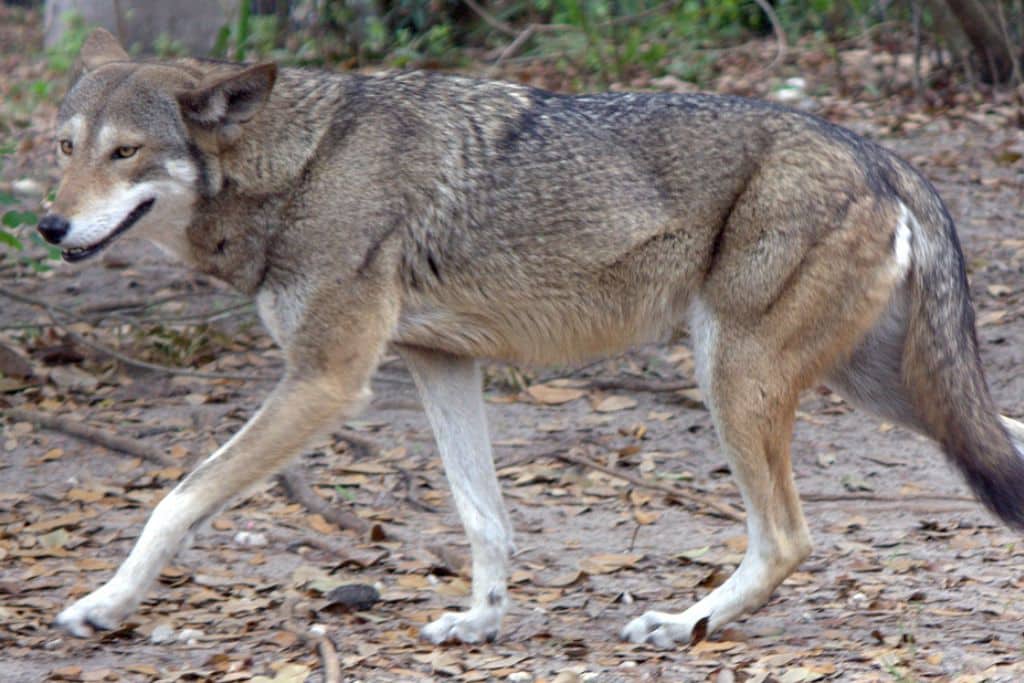
Once common in eastern and south central regions of the US, the red wolf was listed as a species “threatened with extinction” under the Endangered Species Preservation Act in 1967, after population numbers dropped significantly due to decades of human activity including gunshots and vehicle collisions.
The US Fish and Wildlife Service reintroduced them in eastern North Carolina in the late 1980s to help conserve and recover the rare species, though the species remains highly threatened, with only 20-30 individuals left.
2. Florida Panther
While not currently assessed or listed by the IUCN, the Florida Panther is federally listed as an endangered species under the Endangered Species Act of 1973.
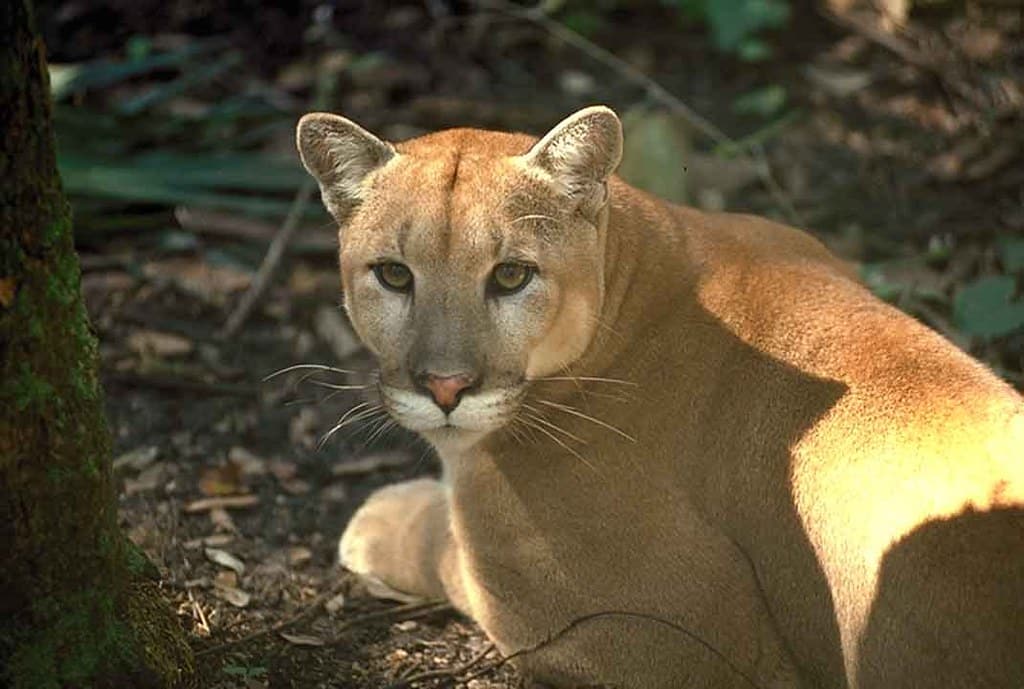
The wildcat, once ranged throughout the southeastern US, now survives only in a tiny area of South Florida, where only 120-230 individuals continue to roam in the wild as a result of habitat destruction and widespread urbanization to accommodate the growing human population. Inland development such as roads and highways also pose a danger to panthers attempting to cross the land.
The panthers can be spotted in forests, prairies, and swampland such as the Everglades National Park and Big Cypress National Preserve.
3. Florida Manatee
Florida is also home to another notable US endangered species: the manatee.
In 1967, the manatee was among the first wildlife species to be protected under the newly-created Endangered Species Preservation Act. Thanks to decades of conservation efforts, manatee numbers recovered, prompting the US Fish and Wildlife Service to downlist the species from “endangered” to “threatened” under the ESA in 2017.
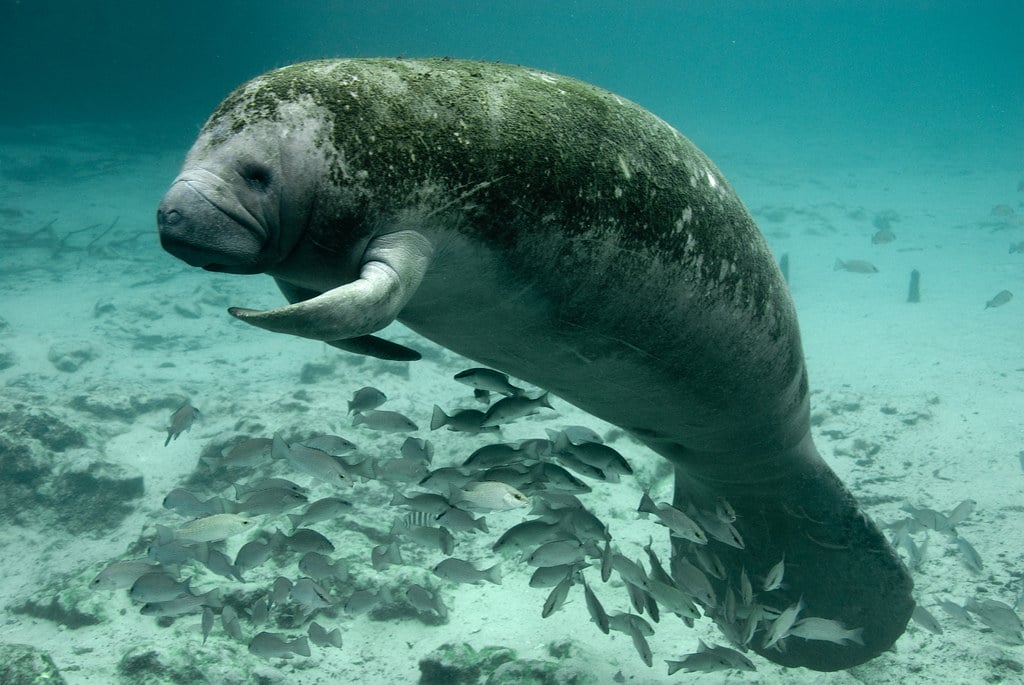
Between 2021 and 2022, nearly 2,000 manatees died in Florida, far exceeding the annual average of 578 deaths between 2015 and 2020. The National Oceanic and Atmospheric Administration (NOAA) described it as an “unusual mortality event.” Conservation groups said the deaths represented more than 20% of the state’s population, and the species “should have never been downlisted.”
But calls for the species to be considered endangered again went unanswered, with the US Fish and Wildlife Service saying in January that the Florida population has stabilized at between 8,350 and 11,730 animals.
“For almost 60 years, the Service has worked closely with conservation partners to save Florida and Antillean manatees from extinction,” said Southeast Regional Director Mike Oetker. “The best available science always drives our decision-making, and we are committed to ensuring the protection and recovery of both subspecies of the West Indian manatee.”
4. Loggerhead Sea Turtle
The Loggerhead sea turtle first joined the endangered species list in 1978 following a 50-90% population decline from the destruction of its beach nesting habitats and overharvesting of its eggs.
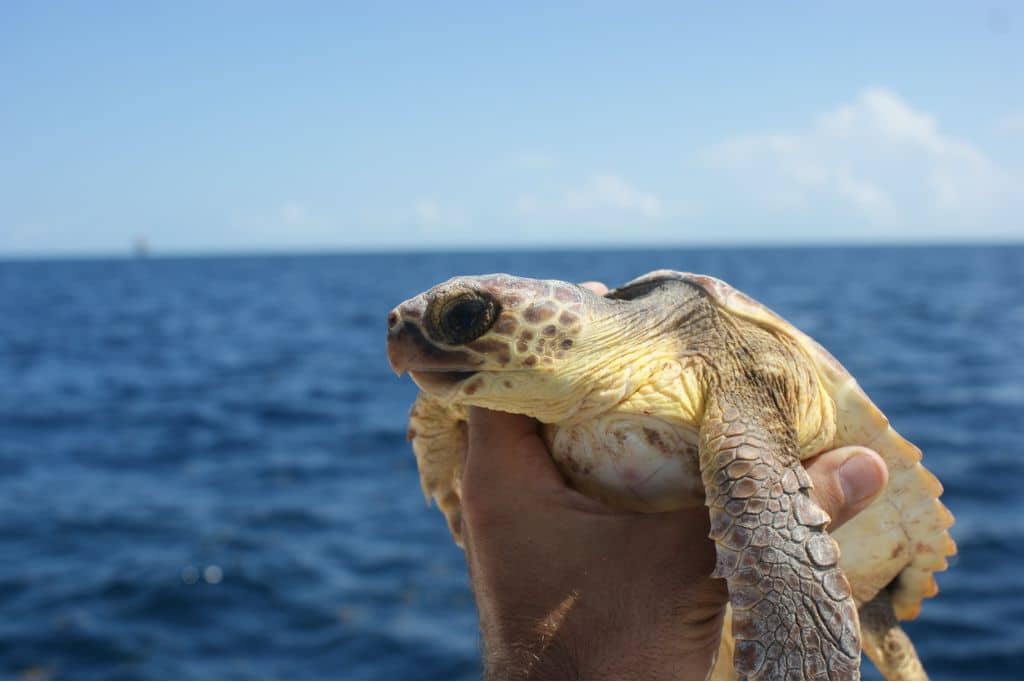
The turtle is also common victims of bycatch in commercial fishing and trawling. As 95% of its US breeding population is located in Florida – though they can be also be found in South and North Carolina, and the Alabama coasts in the Gulf of Mexico – loggerhead sea turtles were heavily impacted by the development boom there, especially in recreational beach activities in which the Sunshine State is famous for.
With decades of dedicated conservation efforts, the species managed to increase 24% of its population number between 1989 and 1998, with an estimated total of more than 100,000 nests per year.
More on the topic: The Implications of Global Warming For Sea Turtle Management and Survival
5. California Condor
Though the bald eagle is the most recognizable bird of the prey in the US, the California condor is the largest known wild bird in North America. By the 1980s, only about six individuals were left in the wild. The staggering number was a result of lead poisoning, where birds often accidentally ingest bullet fragments left in animal carcasses, and reduced eggshell thickness – which prevents the species to repopulate – from ingesting a synthetic insecticide known as DDT.
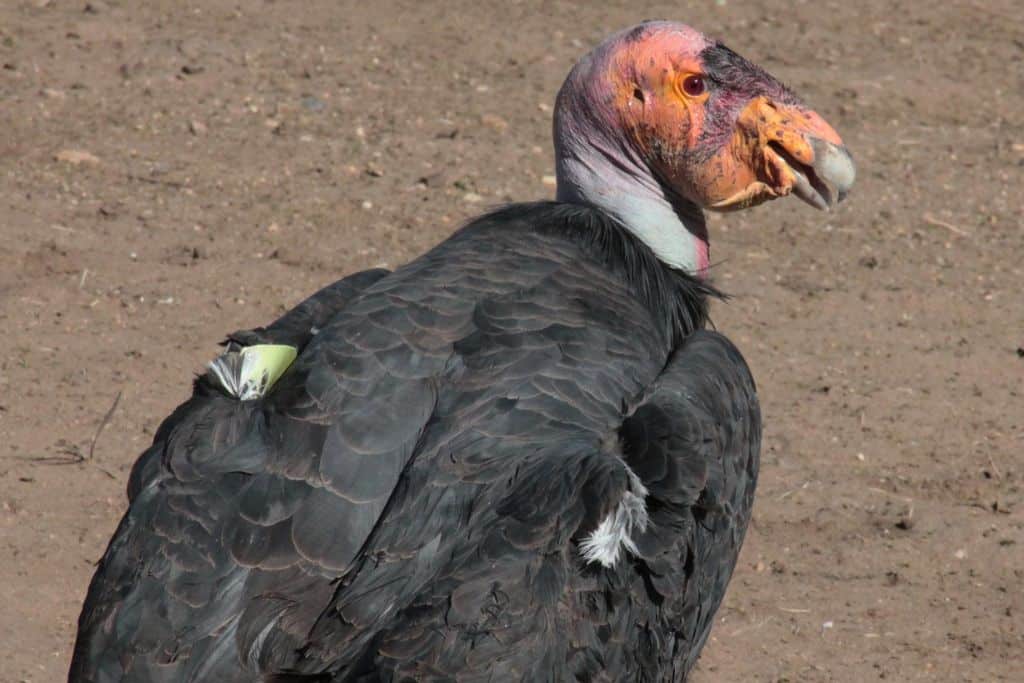
The remaining six condors were then captured for an intensive breeding recovery programme, which helped boost population numbers up to 223 by 2003.
The species remains listed as “critically endangered”, with some 93 mature individuals left in the wild, according to the IUCN.
6. Mississippi Gopher Frog
The endangered Mississippi Gopher Frog, once widespread across the southeastern US, is one of the country’s most endangered amphibians, with only a few hundred individuals left in the wild.
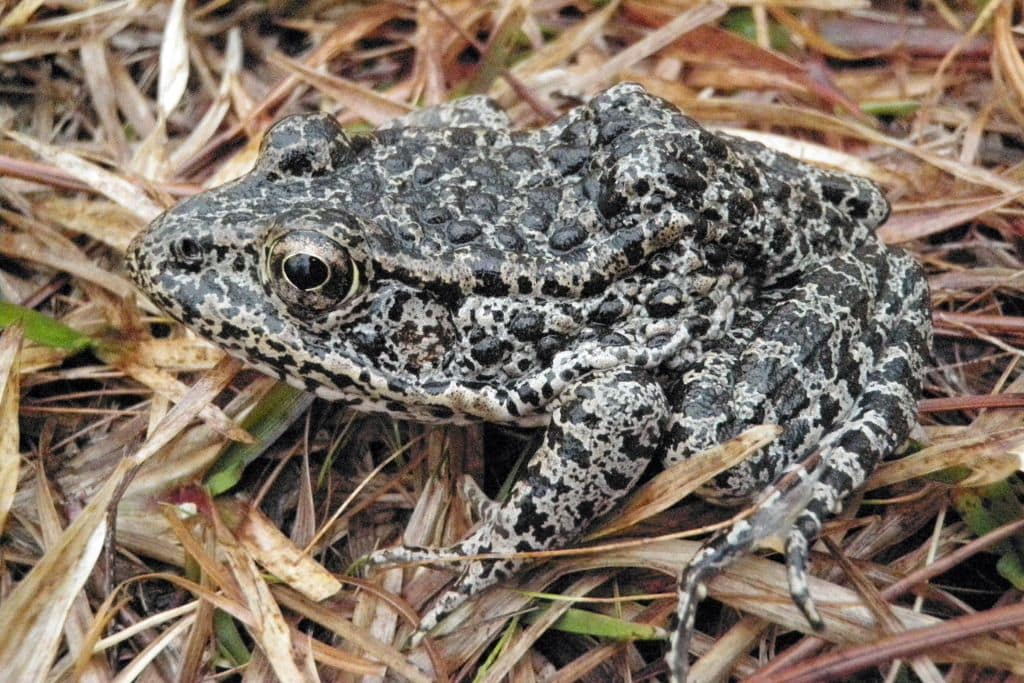
Threatened by habitat loss due to urbanization, draining of wetlands, and pollution, this species struggles to survive in its remaining fragmented habitats. More than 98% of America’s native longleaf-pine forest, upon which the frog depends, have been destroyed, further threatening its existence.
The frogs lay eggs in shallow ponds that easily dries up for several months of the year, which deters fish from ingesting them. The amphibian was listed as an endangered species in 2001. In 2012, the US Fish and Wildlife Service designated nearly 7,000 acres of protected critical habitat in Mississippi and Louisiana to help its population recovery.
7. San Joaquin Kit Fox
The San Joaquin kit fox is the smallest fox in North America, measuring 51 centimeters in lenght with big conspicuous ears.
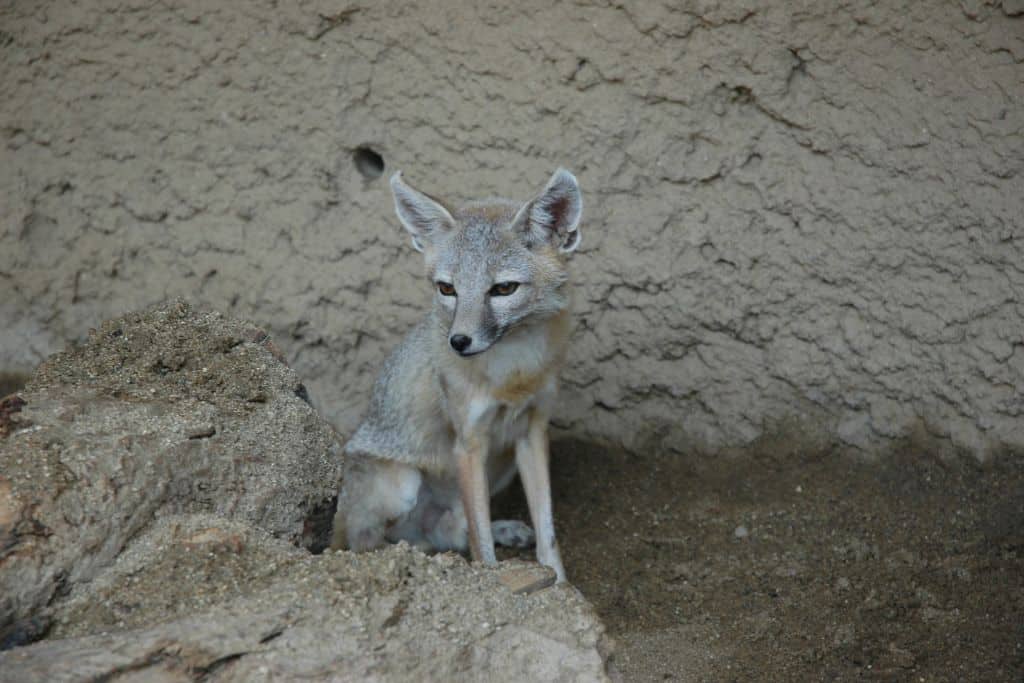
Once very common in the San Joaquin Valley and much of Central California, the San Joaquin Kit Fox was listed as endangered in 1967, threatened by extensive habitat loss and land conversion for agriculture and cities, as well as rodenticides in soil, which are crucial to kit fox burrows and denning. By 1979, less than 7% of the land south of Stanislaus County in the San Joaquin Valley was still undeveloped.
Populations have not continuously been monitored, with the latest assessment in the 1990s counting some 7,000 individuals.
8. Franklin’s Bumble Bee
Franklin’s bumble bee has not been sighted since 2006 and it is classified by the IUCN as “critically endangered,” with the latest assessment carried out in 2008.
One of the rarest bumblebees in the US, the species can only be found between southern Oregon and northern California. Population numbers have plummeted since 1998 due to habitat loss, widespread use of agricultural pesticides, as well as diseases transported through commercial greenhouses.
Following a petition submitted to the California Fish and Game Commission in October 2018, Franklin’s bumble bee and three other bumblebees were added to the list of protected species under the California Endangered Species Act in 2019.
More on the topic: What Happens to Ecosystems When Bees Disappear?
9. North Atlantic Right Whale
North Atlantic right wales are among the most endangered whales in the world, with only about 400 individuals and likely fewer than 100 breeding females remaining today. In 2020, the species was moved from “endangered” to “critically endangered” on the IUCN Red List.
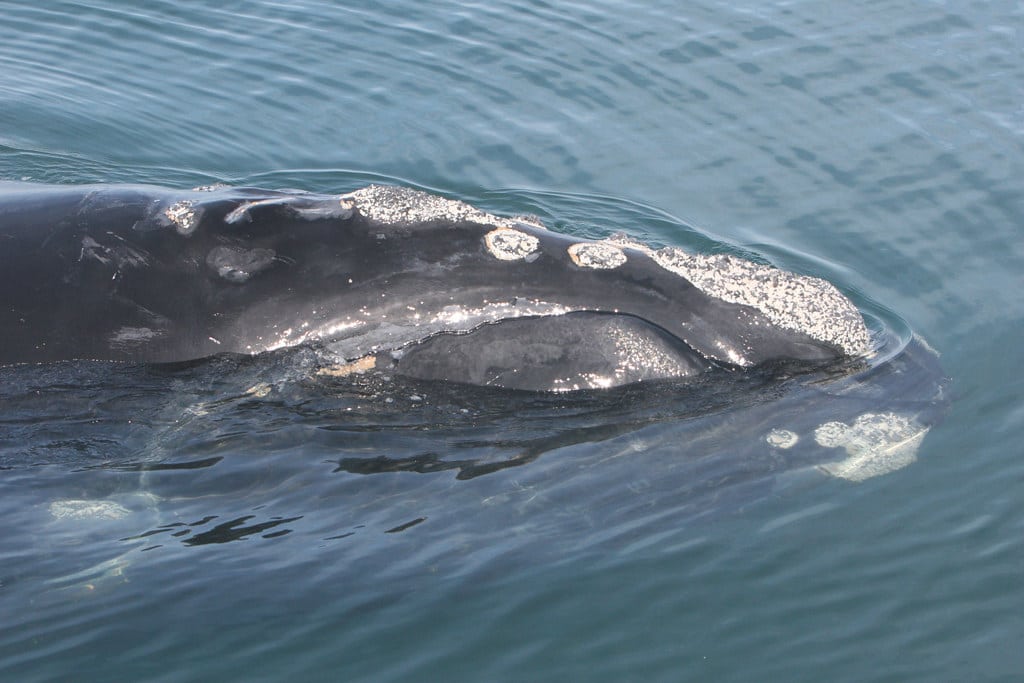
The total population having declined by approximately 15% since 2011, primarily due to entanglement and vessel strikes. Since 2017, 78% of the 123 known incidents that have killed or seriously injured right whales are due to confirmed vessel strikes or gear entanglements.
The deaths of female right whales have the greatest implications for the long-term survival of the population. Because right whale females are not sexually reproductive until the age of ten and produce one calf every six to ten years, the loss of a single female is a significant blow for the species.
10. Black-Footed Ferret
Black-footed ferrets are the only ferret species native to the Americas and depend exclusively on prairie dog burrows for food and shelter. Conversion of native grasslands to agricultural land, widespread prairie dog eradication programs, and non-native disease have all contributed to a reduction of black-footed ferret populations to less than 2% of their original range.
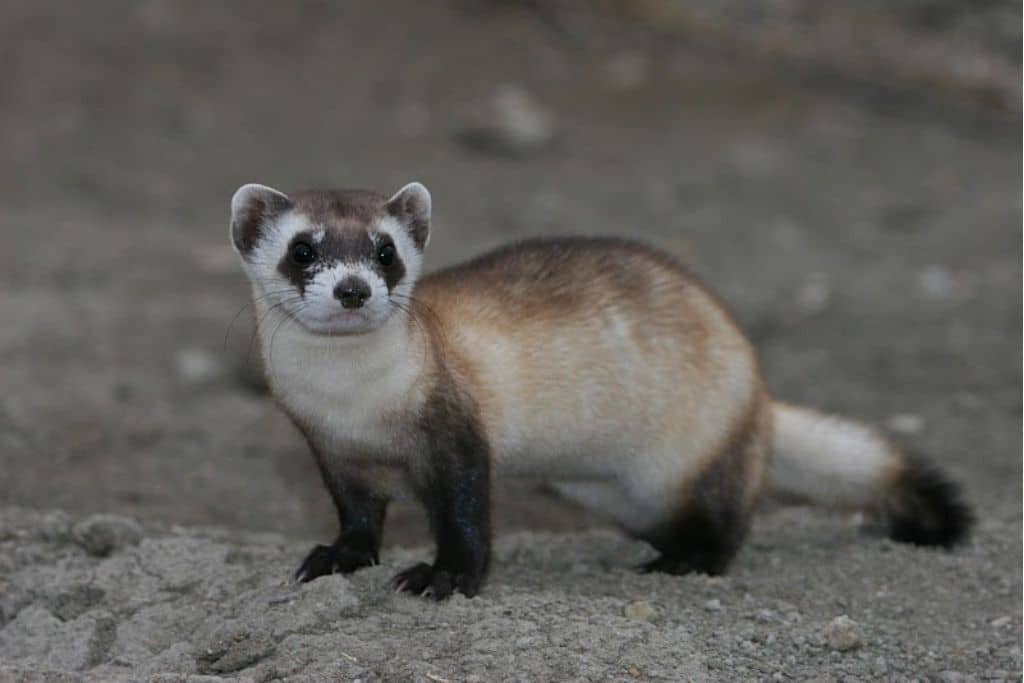
The black-footed ferret is listed as “endangered” on the IUCN Red List and it is one of the rarest mammals in North America.
Once common throughout the Great Plains, from southern Canada to northern Mexico, the species became extinct in the wild in the 1980s, though conservation efforts successfully reintroduced
populations in eight western US states and in Chihuahua, Mexico. As of 2015, over 200 mature individuals are in the wild across 18 sites.
Featured image: Wikimedia Commons.
This story is funded by readers like you
Our non-profit newsroom provides climate coverage free of charge and advertising. Your one-off or monthly donations play a crucial role in supporting our operations, expanding our reach, and maintaining our editorial independence.
About EO | Mission Statement | Impact & Reach | Write for us
